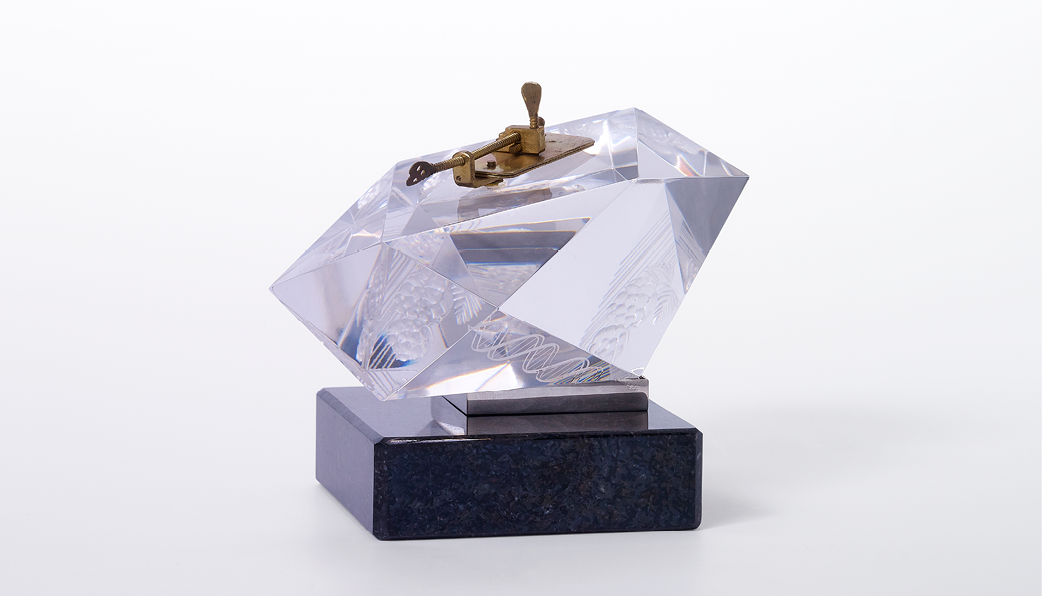
The trophy consists of a pressed crystal on which is mounted a replica of the first lens made by Antoni van Leeuwenhoek (1632-1723), who invented the microscope and became the first ever microbiologist. Inside the crystal is a model of a DNA-molecule as a symbol of biochemistry, light beams on a hop plant as a symbol of microbiology and an ear of barley symbolising the physiology of seed germination. The object was designed by W. Heesen and produced by Royal Leerdam Crystal.
The Dr H.P. Heineken Prize for Biochemistry and Biophysics honours pioneering work and research excellence in biochemistry and biophysics.
Alfred Heineken established the prize in 1964 as a homage to his father, chemist Henry Pierre Heineken. Every two years, the prize is awarded to a renowned researcher worldwide who has made groundbreaking discoveries within the field.
Laureates of the Dr H.P. Heineken Prize for Biochemistry and Biophysics include some of the world’s leading scientists and future Nobel laureates. Among them are Sir Paul Nurse, whose research forms the basis of our current knowledge on the regulation of the division of eukaryotic cells; Jennifer Doudna, whose work laid the foundations for revolutions in modern biochemistry; and Carolyn Bertozzi, whose research provided the basis for revolutionary cancer treatments. Laboratories use her techniques worldwide.
All laureates of the prize have contributed to cutting-edge research that has great potential to positively impact people’s lives worldwide, inspire young researchers, and promote knowledge valorisation and effective scientific communication. The prize consists of an unrestricted cash prize of 250,000 USD and a trophy, funded by the Alfred Heineken Fondsen Foundation.